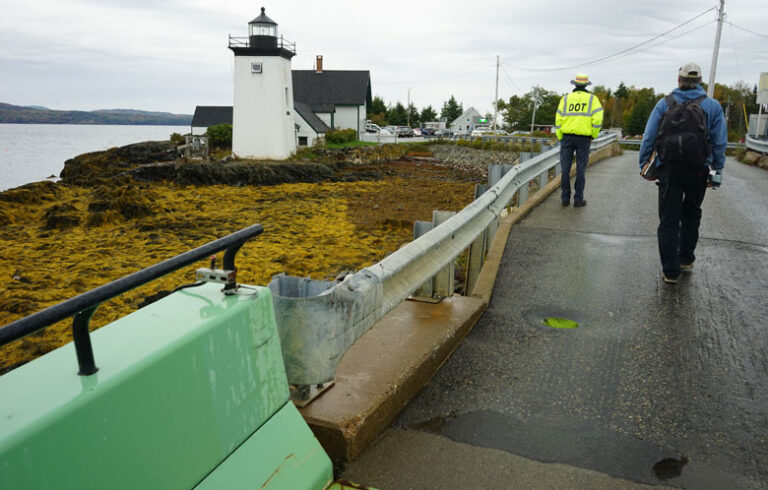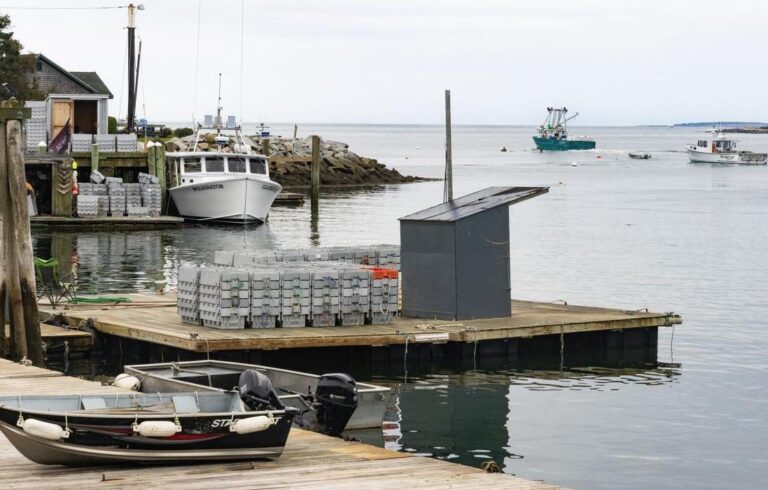The Internet of Things, or IOT, is a way of describing an ecosystem of inter-related computers, sensors, or digital transmitters, each with its own unique identifier that can record and transmit information across a network automatically.
The internet of things makes our lives more convenient—from booking a Lyft ride while playing tourist in a new city, updating a fitness app with vitals from the most recent workout, or drop-shipping detergent and pet food to our homes when supplies are running low.
Strangely enough, the first “connected device” was a tricked-out Coke machine at Carnegie Mellon University back in the early 1980s that computer students rigged with the ability to check inventory levels online, allowing programmers to not waste a trip to the machine only to find it was in need of restocking.
IOT sensors can be engineered into new products (like cars, tech gadgets, or smart watches) or attached to objects or animals to track location and environmental conditions. In healthcare, wearable or implanted data transmitting devices are becoming commonplace solutions to monitoring health and identifying small irregularities before they become big problems down the road. To conserve memory and battery, some IOT devices collect and store information off-grid, then upload to a database wirelessly once a connection is available.
Whether we are ready for it or not, inconspicuous technologies that add comfort and security will continue an exponential and seamless integration into the fabric of our daily lives.
Now unshackled by cumbersome and costly hardware that might take years to plan foer and implement, companies are able to leverage nearly any pre-existing infrastructure to host free-loving polyamorous IOT technology.
Simply put, the availability of IOT allows businesses to deploy large-scale technology solutions, iterate design, and pivot strategy with unprecedented cost-effectiveness and agility.
Beyond the more relatable consumer-centric uses most of us have seen in one capacity or another, IOT technology solutions are being tested and adopted in a wide array of innovative industrial use cases, including commercial fishing and aquaculture.
The value proposition for employing IOT technology in aquaculture is compelling. Having ready access to microclimate and foundational data like water temperature, pH, turbidity, dissolved oxygen, and chlorophyll provides farmers with an edge in a competitive market. The ability to manage and predict risks associated with food production serves farmers, but also helps banks and insurance companies gain comfort in a burgeoning industry.
Schools of aquaculture-related startups are surfacing globally, each with a regional take on leveraging tech tools to track environmental conditions, control harvest equipment remotely, and optimize growing conditions.
Australian-based AgTech startup The Yield operates on the frontier of this tech surge. The Yield offers a series of in-water sensors that track salinity, temperature, and depth to monitor the health of oyster crops, and can even help predict environmental conditions that can put a harvest at risk. The company received a $2.5 million shot in the arm from Bosch in 2016 and has partnered with the Australian government to improve regulatory metrics in a handful of Australian territories.
IOT has also allowed the company to champion research to better understand and minimize the effects of Pacific Oyster Mortality Syndrome. These and other predictive capabilities allow farmers sufficient time to remove oysters from open water during periods of contamination and return the seed to grow once optimal conditions return.
BlueSenz IOT offers a collection of sensors and devices that communicate with each other wirelessly to record precise data for fleet fishing activities by counting the number of winch revolutions and direction, and the date and time nets are submerged and hauled. The information is then transferred to a database server on land where it helps operators make informed decisions and track inventory.
Aquabyte, a mashup of tech from Silicon Valley and a team in Norway, provides a fish-farm monitoring solution that uses underwater smart cameras to gauge temperature and oxygen, calculate lice count, estimate biomass, detect appetite, and plan feeding schedules.
A rising tide of tech innovation will have uplifting impact on streamlining policy governing closures, level the field, and provide a flood of green-collar jobs to local communities.
With an active and empowered community, robust resource endowment, and blooming regional infrastructure, coastal and islanded communities continue to serve as a resilient example of local economic ecosystems vetting best-in-class innovations in sustainability and business practice.
Allison Carmen is an infrastructure finance specialist at the Island Institute, publisher ofThe Working Waterfront.





